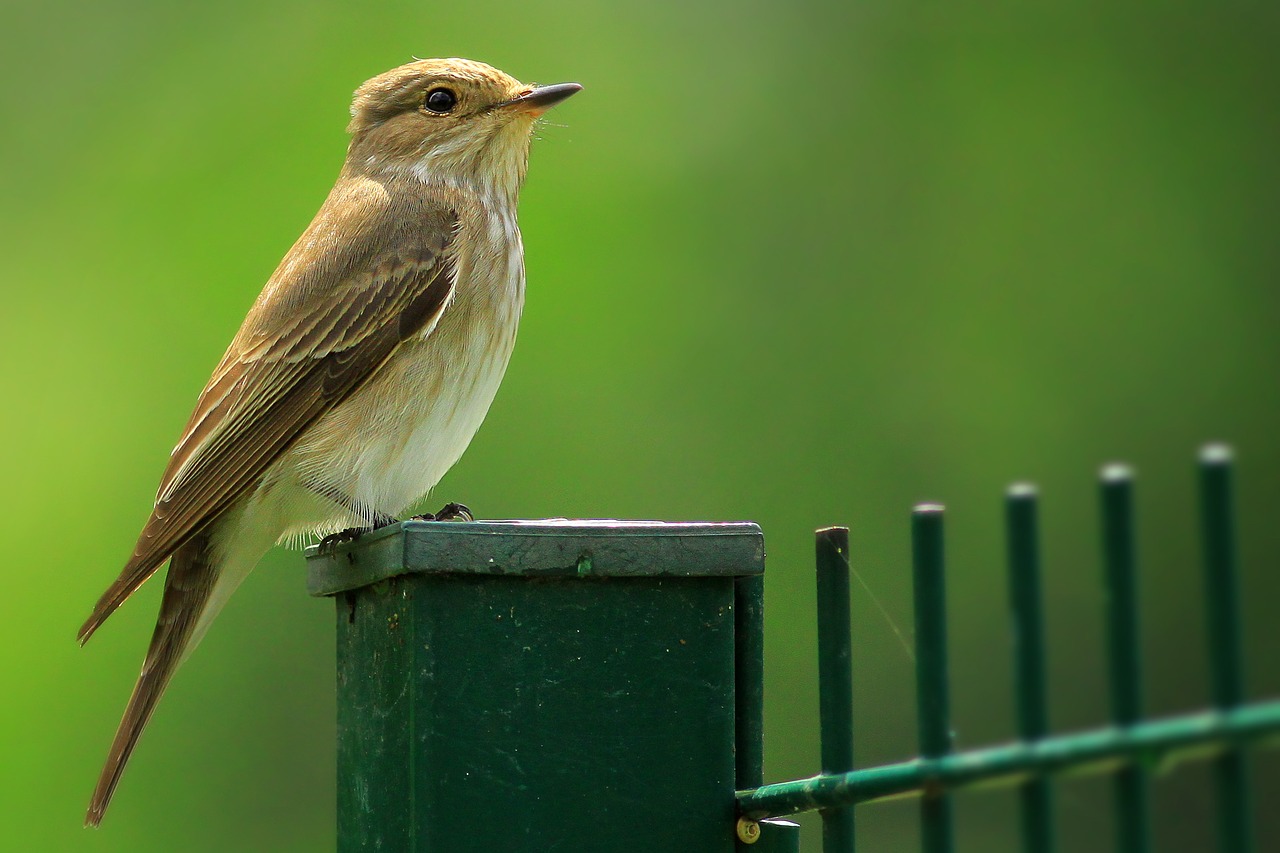Flugsnapparbeteende hos några tättingar under senare delen av häckningssäsongen i Ammarnäs, södra Lappland
DOI:
https://doi.org/10.34080/os.v4.23029Nyckelord:
födosöksekologi, tättingar, predator-bytesinteraktion, interaktion mellan predator och byte, kostAbstract
Many passerines have been recorded flycatching in the late breeding season in northern Swedish forests. In this paper, I analyze how flight energy costs according to Minimum Energy Power (sensu Pennycuick 1989) correlated with flycatching behaviour. Species included are (with increasing rank of flight energy cost): Spotted Flycatcher Muscicapa striata, Whinchat Saxicola rubetra, Yellow Wagtail Motacilla flava, Reed Bunting Emberiza schoeniclus, Brambling Fringilla montifringilla, and White Wagtail Motacilla alba. On average, birds performed 0.6–2.3 flights/30s and captured from 0 up to 10 prey per flight. Number of prey captured per flight varied significantly among species (from 0.8 to 1.1 prey). The efficiency of capturing prey (percentage of successful single capture flights) also varied between species, from 72% in the Whinchat to 97% in the White Wagtail. The percentage of multi-capture flights did not, however, vary. In two species, the multi-capture flights significantly reduced the time spent flying per prey. Flight energy costs were positively correlated with flycatching rate and number of prey captured per flight. The extensive use of flycatching is interpreted as an opportunistic response to local super-abundance of highly rewarding prey, mostly insects Isoperla grammatica, O. Plecoptera, during a period of presumed high energetic demands by birds.
Nedladdningar

Downloads
Publicerad
Referera så här
Nummer
Sektion
Licens
Författaren/författarna innehar copyright för varje enskilt bidrag, men samtliga bidrag är publicerade under en Creative Commons-licens, så att vem som helst kan dela och återanvända bidraget förutsatt att copyright-innehavaren erkänns.







